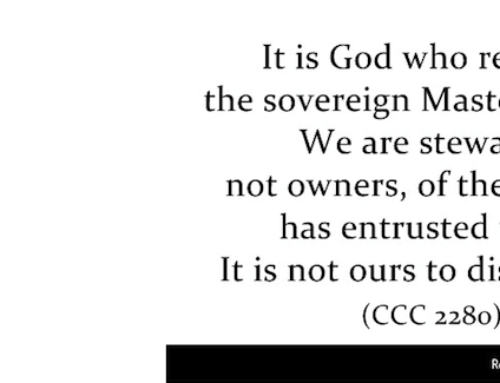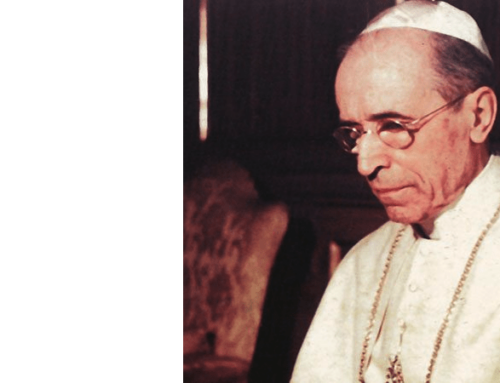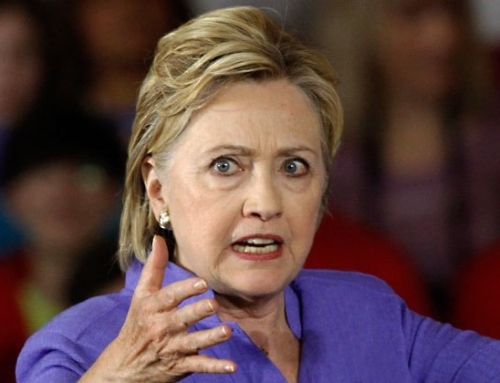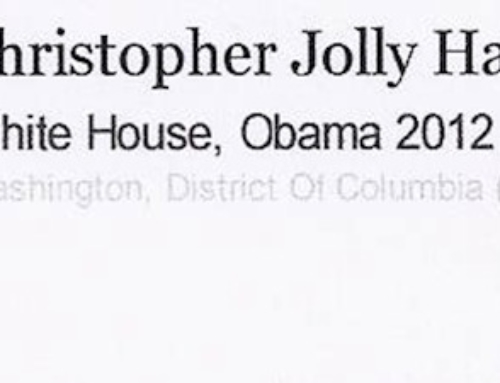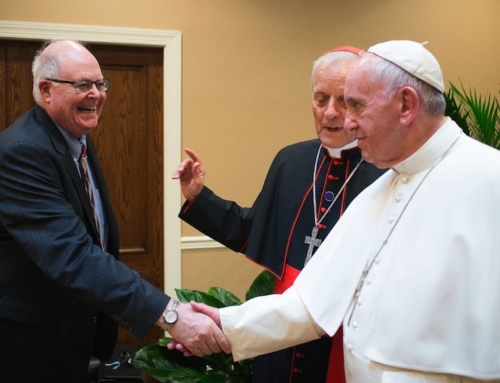March, 2008
Deal Hudson discusses his book.
Onward, Christian Soldiers: The Growing Political Power of Catholics and Evangelicals in the United States, Simon & Schuster, March 11, 2008
There have many books about the so-called Religious Right in American politics. What makes Onward, Christian Soldiers distinctive is my exploration of its Catholic dimension. What is usually treated as exclusively an Evangelical movement is closely intertwined with the travails of the post-Vatican II era in the United States. I look not only at the Catholic contribution to the beginning of the movement in the 70s but also the specifically Catholic controversies that arose along the way involving figures like Joseph Cardinal Bernadin, Gov. Mario Cuomo, Sen. John Kerry, Father Robert Drinan, S. J., Father Frank Pavone, Archbishop Raymond Burke, and, of course, John Cardinal O’Connor.
Catholics don’t consider themselves part of the Religious Right. When I give lectures, I often ask Catholic audiences a series of questions. First, I usually ask, “Raise your hand if you consider yourself a social conservative.” I remind them that a social conservative is someone who votes primarily on issues such as abortion, the defense of marriage and the family, opposition to euthanasia, and the need for traditional values in education. Most of the Catholics I talk to raise their hands.
Then I ask how many consider themselves religious conservatives. “Are your socially conservative attitudes rooted in your Catholic faith?” Again, most will raise their hands. But then I ask, “How many of you consider yourselves members of the political movement known as the Religious Right?” The number of raised hands drops at least to half, sometimes there are only a few still raised.
Even those Catholics whose voting behaviors, and the reasons for it, are identical to their Evangelical counterparts resist being stuck with the Religious Right label. One of the stories I tell in Onward, Christian Soldiers is how Catholics were integral to the dramatic increase of religious conservative influence in American politics. I also explain why Catholics fail to recognize that fact.
Catholics still haven’t quite become comfortable with Evangelical piety, as evinced recently in the weak Catholic response to the candidacy of former Baptist minister, Gov. Mike Huckabee.
More importantly, at the very moment Evangelical leaders were forming groups like the Moral Majority, the Catholic bishops were marching to the political left, using the then newly-created United States Catholic Conference as their political mouthpiece. The late 70s and early 80s began the migration of Catholics from the Democratic to the Republican Party. Alienated by the McGovern revolution, put off by the feminist agenda of the Carter administration, and attracted to the traditional patriotism of Ronald Reagan, Catholics started becoming loyal Republicans at the very moment their bishops ramped up their efforts to mobilize them for “social justice.”
While the effect of the Reagan presidency was to legitimize and empower Evangelical leaders like Jerry Falwell and Pat Robertson, the effect on Catholics was to leave them caught between their newly-discovered regard for the Republican Reagan and their respect for the authority of their bishops. These same bishops made it clear that Reagan’s domestic and foreign policies were at odds with Catholic social teaching as interpreted by their Conference. The problem for the bishops in their constant diatribe toward Reagan was the looming presence of the new pope, John Paul II, who obviously respected Reagan in spite of his low esteem among American bishops.
Although John Paul II helped to bolster the regard for Reagan among Catholics, the bishops’ message had its influence. With their pastoral letters, such as “Economic Justice for All” (1982) the bishops made many Catholics who voted for Reagan wonder if they should return to the Democratic Party of their parents and grandparents. They hoped the Democrats would eventually produce leaders who, like Reagan, wanted to protect unborn life, defend women who wanted traditional family roles, and raise the banner of patriotism and American exceptionalism. Those Catholics, often called “Reagan Democrats,” are still waiting. Some have waited so long they have grown comfortable with calling themselves “Republicans,” even though they draw the line at being called members of the Religious Right.
Many of the Catholics who voted for Reagan over Carter and Mondale, George H.W. Bush over Dukakis, and George W. Bush over Gore and Kerry, were motivated by their religious conviction—life, family, and traditional values—which they saw best represented by the GOP and its candidates. Both their voting behavior and the convictions behind them made many of these Republican Catholics part of the religious conservative movement that made the GOP the dominant party between 1980 and the present. These Catholics were part of the Religious Right, whether they liked it or not.
It came as no surprise to me to be told by Pat Robertson, Jerry Falwell, Ralph Reed, and Don Wildmon that Catholics made up as much as 30% of the membership in their organizations. Catholics had nowhere else to go if they wanted to be politically engaged outside of a political party. Those who were specifically motivated by the pro-life issue were convinced Evangelicals were doing more to overturn Roe v. Wade than their own bishops.
In Onward, Christian Soldiers, I document the surprising role of Catholics in the creation of the religious conservative movement. Paul Weyrich, a member of the Melkite Greek Orthodox Church, gave Jerry Falwell the idea for organizing the Moral Majority, as well as the name itself. The anti-ERA organizing effort of Phyllis Schlafly, a Catholic attorney from St. Louis, was the first time religious activists were brought together to oppose the liberalizing trends of the 70s. Weyrich and Schlafly are, without any exaggeration, the godparents of the Religious Right.
Another important Catholic figure in the founding of the Religious Right is Dr. Jack Willke, the first president of National Right to Life (NRTL). It was Catholics like Dr. Willke who made the abortion issue important for Evangelicals. Dr. Willke explained to me that it was predominately Catholics who participated in the early days of the pro-life movement. It was the Catholic involvement among religious conservatives in the late 70s and early 80s that put abortion to the forefront. Evangelicals were originally motivated to get organized by an IRS threat, during the Carter administration, to strip private Christian schools of their not-for-profit status for reasons of racial discrimination. When critics of the Religious Right call it a one-issue movement they are missing the broader concerns, all centered around the protection of the Christian family, that led to the frustrations creating the mobilization of pastors across the country, not just in the South.
The pivotal role of Catholics in the abortion fight during the early 70s was also the result of the pro-life office of the United States Catholic Conference led by Monsignor James McHugh. McHugh had helped organize National Right to Life under the auspices of the bishops. Within a few years the bishops allowed the lay leaders of NRTL to take the organization under lay control. At the same time, the bishops were moving away from their focus on abortion—they were adopting the social teaching of the “seamless garment,” in which abortion became one issue among others.
The McGovern revolution occurred in 1972, and by 1976 it was firmly ensconced not only in the Democratic Party but in the United States Catholic Conference. The political left in the Catholic Church has remained at the head of most significant Catholic institutions. They have attempted on several occasions to generate a Religious Left to offset the influence of the Religious Right, but to little effect. There is little or no religious vitality to support the Religious Left—religious groups who have embraced liberal political causes have been in decline for decades.
In addition, the Religious Left has not challenged the Democratic Party in the same way the Christian Coalition and the Moral Majority impacted the GOP. Religious Left leaders have simply provided religious justification for the feminist and homosexual activism in the Democratic Party, while the Republican Party was forced to embrace a pro-life, family values platform considered extreme by its traditional mainstream Protestant leadership.
As I predict in the last chapter of Onward, Christian Soldiers, the Democratic Party will do its best to appear more faith-friendly in time for the 2008 election, a challenge for which Sen. Barack Obama seems custom made. The Republican Party has already dodged the bullet of a Rudy Giuliani nomination which would have destroyed the religious conservative coalition, but there will always be pressures within the GOP to limit the influence of the pro-life Catholics and Evangelicals, as I found out myself as chair of Catholic outreach in the 2000 and 2004 Bush campaigns.
The Religious Right has been pronounced “dead” many times, 1992, 1998, and, most recently, 2006. What these eager prognosticators refuse to recognize is that the vitality of American religion, especially among Evangelicals, Pentecostals, and orthodox Catholics, continues to fuel the movement. Take away the growth of these Christian groups and the Religious Right would come to an end. As long as there is growth among these groups who believe the Scriptures and the Christian tradition that teaches an objective truth about morality and society, there will be people of faith in politics who oppose the use of law and government to drive religious influence out of American culture.
Deal Hudson is the president of the Morley Institute and the former editor-in-chief of Crisis magazine. He runs a Catholic website and is a Catholic activist.


